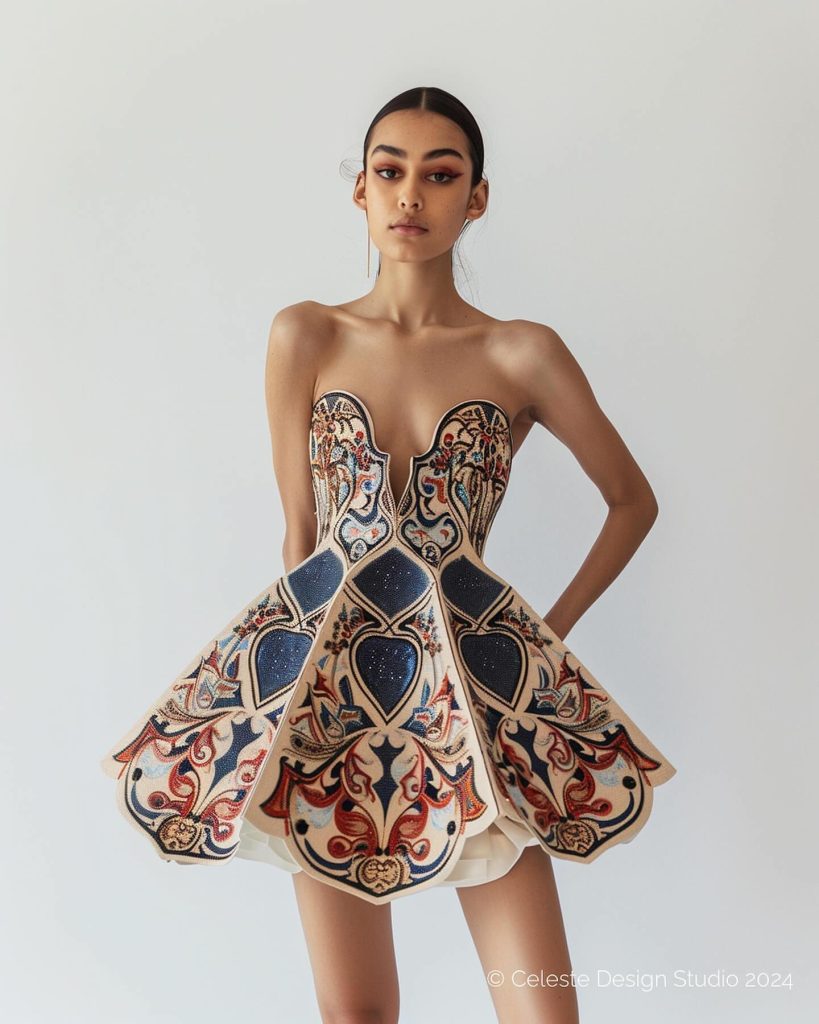
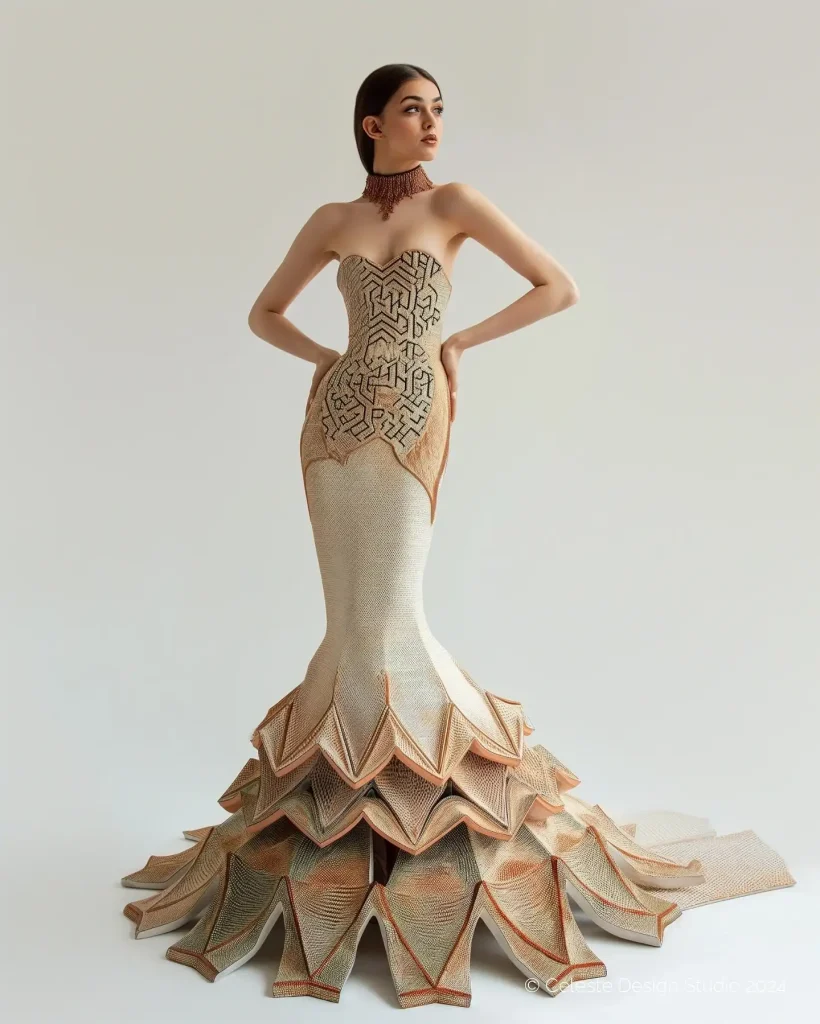
Fashion has always been a mirror of human creativity, evolving from the delicate art of hand-sewing to the industrial precision of machines, and now, into the digital realm with 3D printing and artificial intelligence. As fashion progresses, it faces many challenges, such as the growing wastelands of discarded textiles. Yet, amidst these issues, AI-driven fashion design emerges as a beacon of innovation, offering solutions that blend creativity with sustainability.
In this new era, fashion is about aesthetics, emotion, and interaction. Take, for instance, Anouk Wipprecht’s Spider Dress, where sensors embedded in the fabric detect the wearer’s emotions and trigger robotic arms to react defensively, like the territorial instincts of a spider. The fusion of technology and design heralds a future where fashion is as dynamic and responsive as the individuals who wear it. This article will explore how AI is revolutionizing the fashion industry, from innovative design processes and personalized shopping experiences to sustainable practices and tailored marketing strategies.
To delve into the world of AI-driven fashion design, attend PAACADEMY’s workshop focused on utilizing generative tools to revolutionize fashion design workflows and improve design accuracy.
AI-Driven Fashion Design Innovations
Predictive Trend Analysis
Fashion is a fast-moving industry, as Heidi Klum says one day you’re out and the next day you’re in, so staying ahead of trends is crucial for success. AI and machine learning tools can predict these trends and identify emerging patterns and preferences with remarkable accuracy by analyzing vast amounts of data from social media, runway shows, and street fashion. For example, Trendalytics can forecast trends by analyzing social media mentions, search data, and consumer sentiment. Even Tommy Hilfiger utilizes various AI tools to design his collections and ensure its resonance with the changing fashion sentiments of its customers.
Personalized Fashion Advice
AI is making personal stylists accessible and no longer exclusive to the rich elite. Any consumer can now shop while receiving tailored fashion advice, and this is a huge step towards democratizing the fashion industry. AI-driven chatbots like Levi’s Virtual Stylist provide customers with tailored recommendations based on their body type, style preferences, and previous purchases. Applications like Style DNA can recommend styling options from existing wardrobe based on the user’s tones, color palette, and preferences.
Inventory Management
Efficient inventory management is critical in the fashion industry, you need to have the right clothes in the right store all the time and that’s hard to keep up with manually. For instance, Zara uses AI-driven technologies like RFID tagging and real-time analytics to optimize inventory, reduce waste, and quickly respond to market trends – often launching new designs within a week. This comprehensive AI approach has led to improved customer satisfaction, high global sales rankings, and a competitive edge in the fast-paced fashion industry.
Sustainability
AI-driven fashion design is shaping the world towards a more eco-friendly practice, and fashion industry giants have made many contributions in this direction. Key sustainable practices include H&M’s use of AI for demand forecasting, which reduces overstock and unsold clothing, thereby minimizing waste. Stella McCartney employs AI, in partnership with Google, to improve the environmental impact of raw materials like cotton and viscose.
Farfetch utilizes a Fashion Footprint Tool to inform consumers about the environmental impact of their purchases which promote informed sustainable choices. Moosejaw’s AI-driven “True Fit” platform has cut size sampling by 24% and reduced returns, helping to lower the environmental impact of online fashion shopping.
If you’re interested in learning about “Adaptive Fashion,” join our workshop to explore data-driven design and bio-materials for creating sustainable and adaptive textiles.
The Business Side of AI-Driven Fashion
AI Shopping Experience
Online shopping is both a blessing and a curse, and it’s always challenging to find the right fit. AI now offers virtual try-on tools to tackle this burden and allow customers to see how clothes will look on their bodies before buying them. For example, DressX offers AR experiences where customers can project digital garments onto their bodies, experimenting with different styles and accessories. This also reduces the high rate of returns due to poor fit, which usually costs retailers a lot of money.
AI-powered visual search tools further make it easier for customers to find exactly what they want. A user can simply upload an image, then the tool analyzes it and suggests similar items that match. Retailers like ASOS and H&M have integrated such AI visual search technologies into their apps to help their customers browse their catalogs.
AI in Marketing
The use of AI in fashion marketing campaigns has been catching on, especially during runway shows where fashion designers can come up with creative prompts for generative AI tools to create a backdrop for their show. As of recently, Italian fashion house Etro used AI in their Spring 2024 campaign to create surreal, ethereal scenes based on the theme of ‘Nowhere.’ Under the direction of Marco De Vincenzo and Silvia Badalotti, AI-generated synthetic images produced imaginative landscapes and figures to enhance the campaign’s visual impact and showcasing the collection in a creative way.
Counterfeit Detection
Almost every year, the fashion industry is at a billion-dollar loss due to counterfeit goods. AI-driven fashion authenticity detectors are helping to combat this issue. One such tool is Deloitte’s Dupe Killer, it can analyze millions of images and detect design infringements by identifying subtle details like stitching patterns and color schemes. Such AI advancements help brands in protecting their intellectual property and taking action against fraudsters. Even customers can benefit and protect themselves from scammers who try to sell counterfeits as originals.
AI Enhances Creativity in Fashion Design
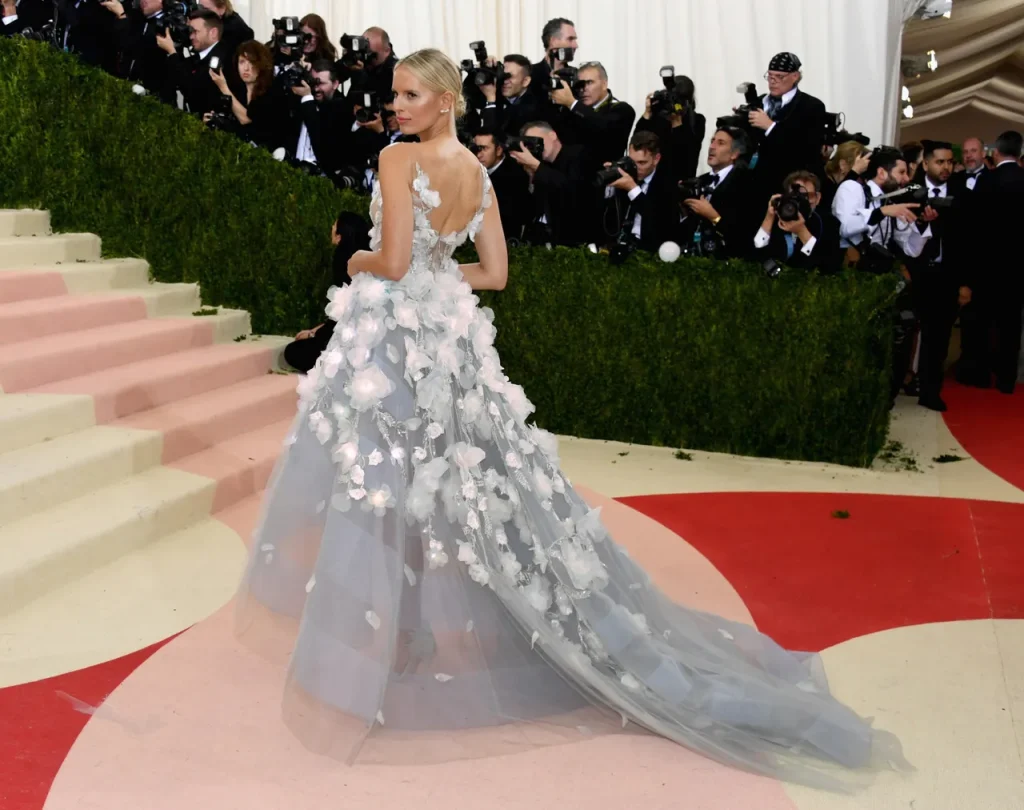
AI is helping designers reach uncharted territories when it comes to fashion design. It is being utilized as more than just an automation tool but rather a collaborative partner to push the boundaries of wearable garments. Even when it comes to consumers, AI-driven fashion is bridging the gap with countless analyses of trends, behaviors, and preferences among different societies. Fashion designers now hold a valuable tool that is almost like a magic wand to get an insight into what people want to wear.
With such technological advances, the way clothes express and convey feelings is pushed beyond boundaries. Inspired by the 2016 Met Gala theme Manus x Machina: Fashion in an Age of Technology, IBM collaborated with Marchesa to design a cognitive dress. As the dress moved on the red carpet, it changed colors in response to the fans’ emotions, making every moment a unique interactive experience.
Also, Iris van Herpen perfectly embodies the potential of using AI to create avant-garde designs that challenge fashion norms. Her creations are masterfully crafted to inspire and stand as a testament to how AI can transform vision into tangible art.
The rise of AI-powered design platforms allows consumers to craft their own preferred styles. An example is Off/Script, which translates user prompts into clothing and accessories. The designs that garner the highest community votes are then manufactured and sold. This ground-breaking shift empowers consumers, challenges the traditional fashion model, and pushes towards a participatory fashion industry.
The future of AI-driven fashion design looks more promising than ever, with innovations and ideas that may have never been possible before. There’s a new trendsetter on the block and it’s called AI, molding the fashion industry one virtual stitch at a time.




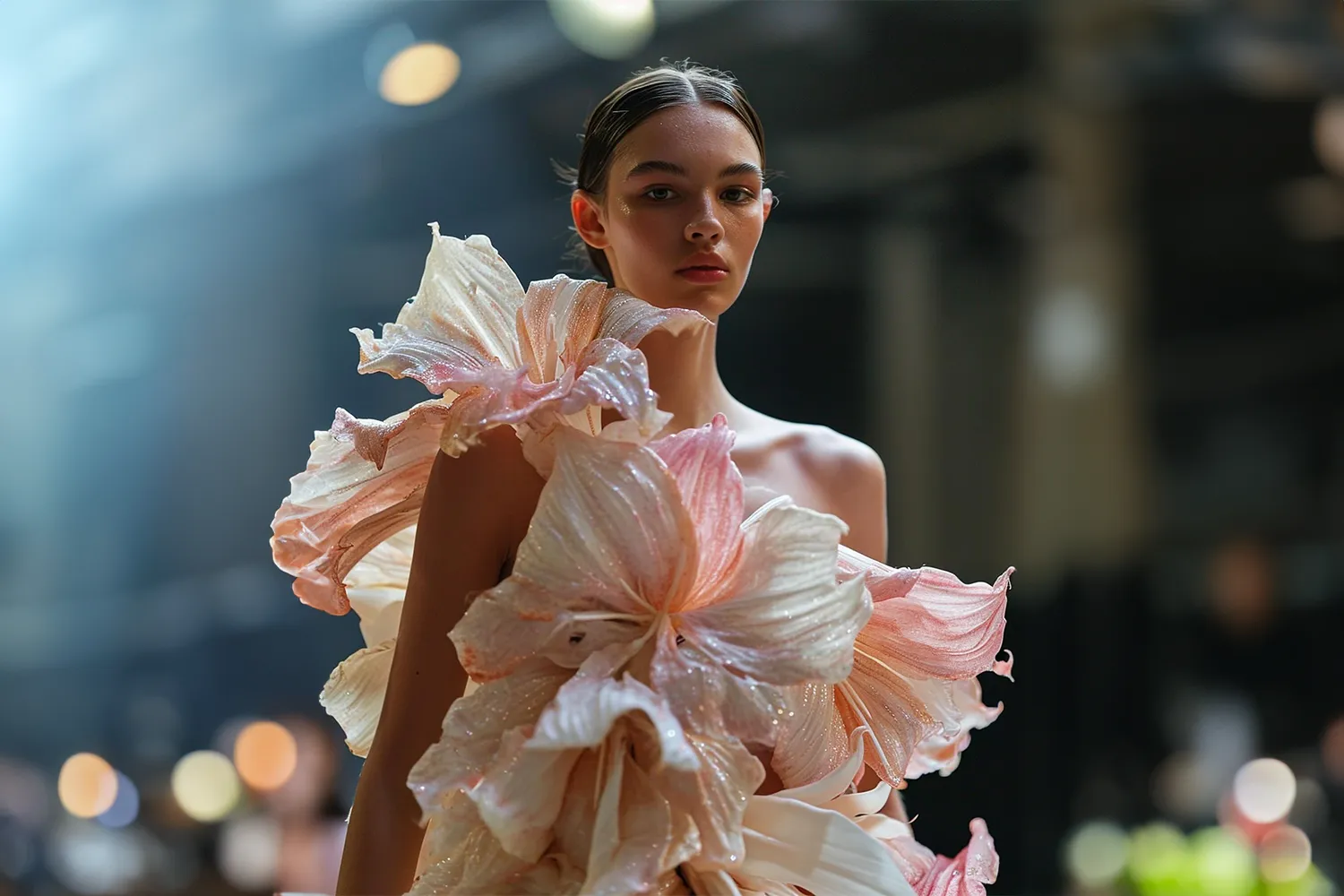
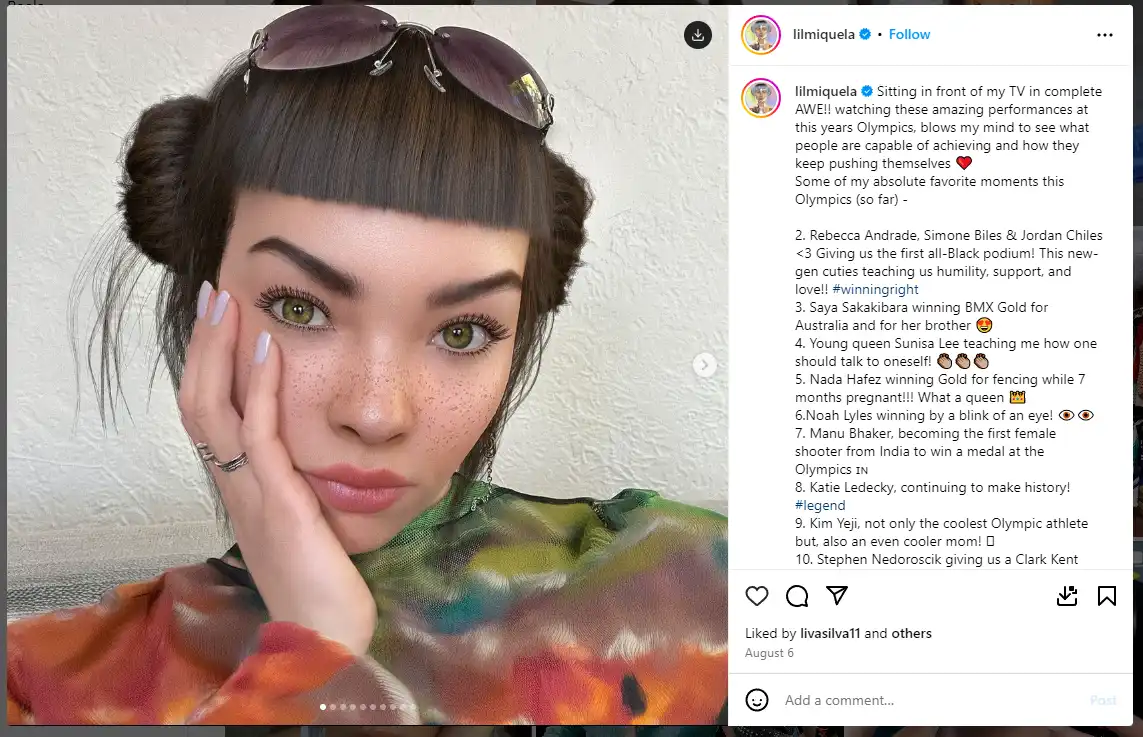
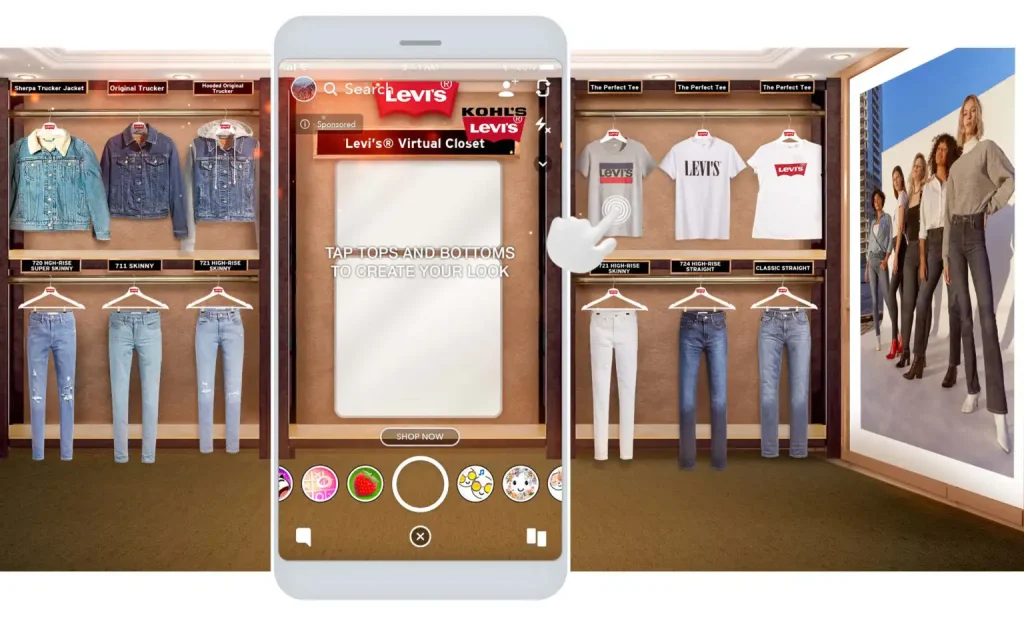
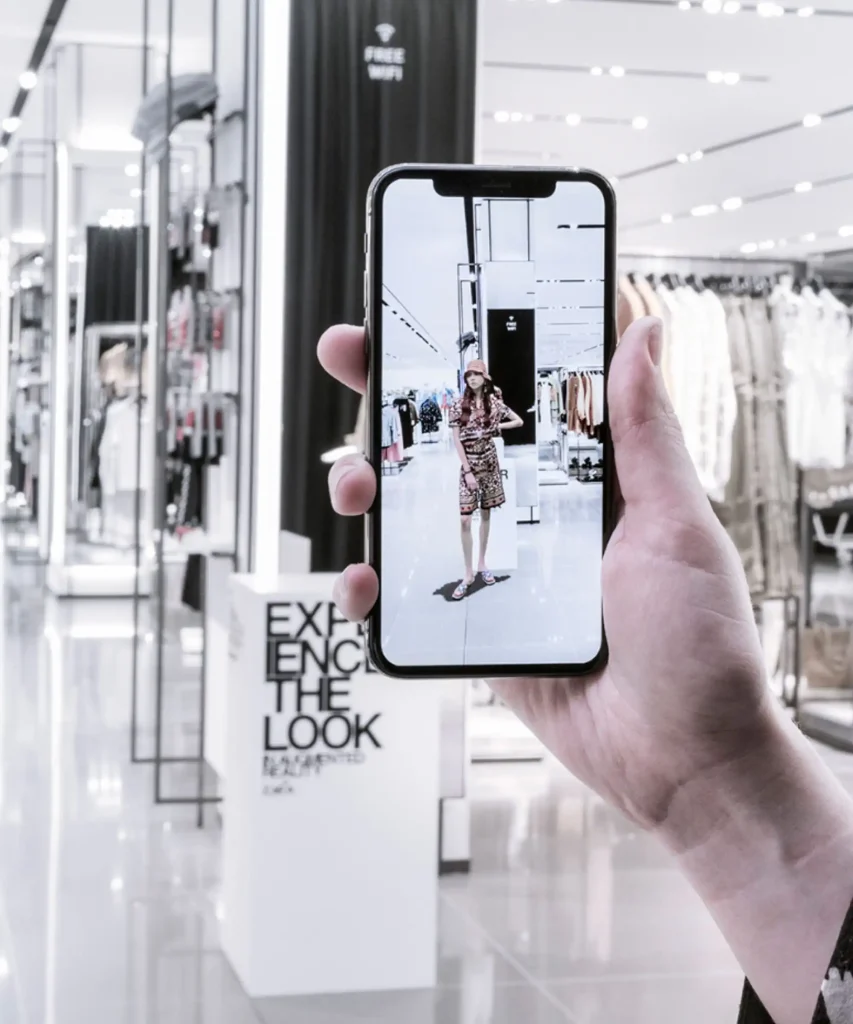
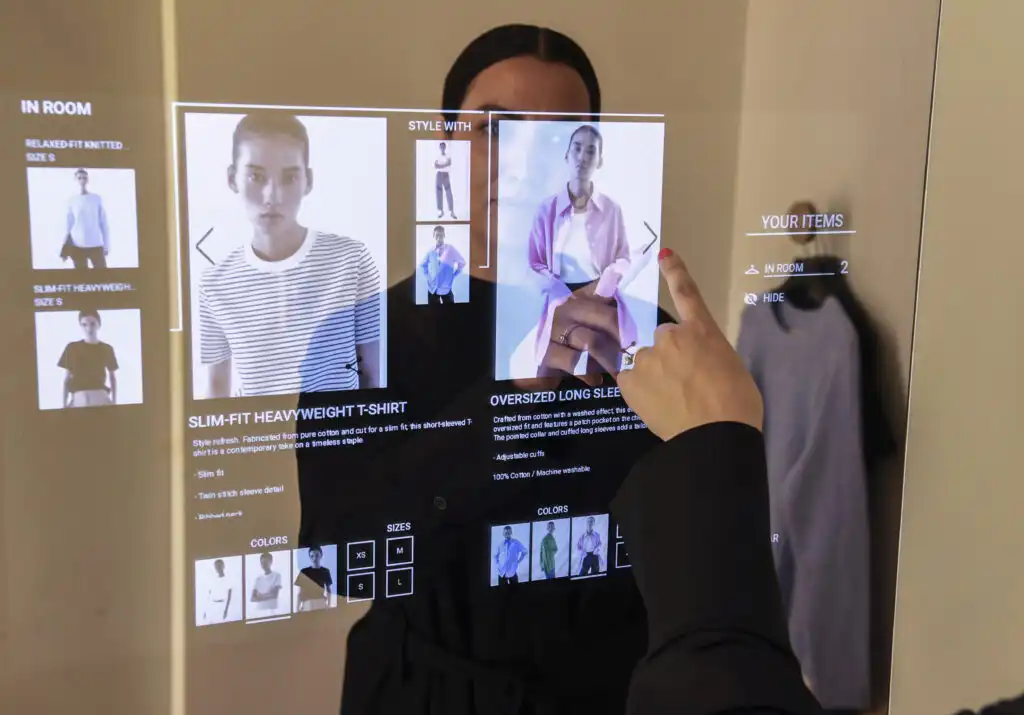
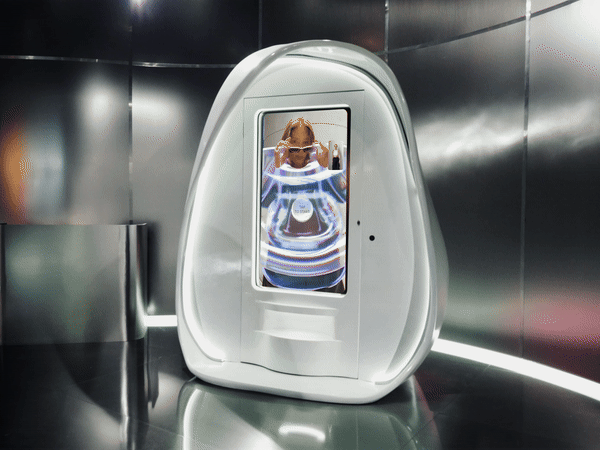
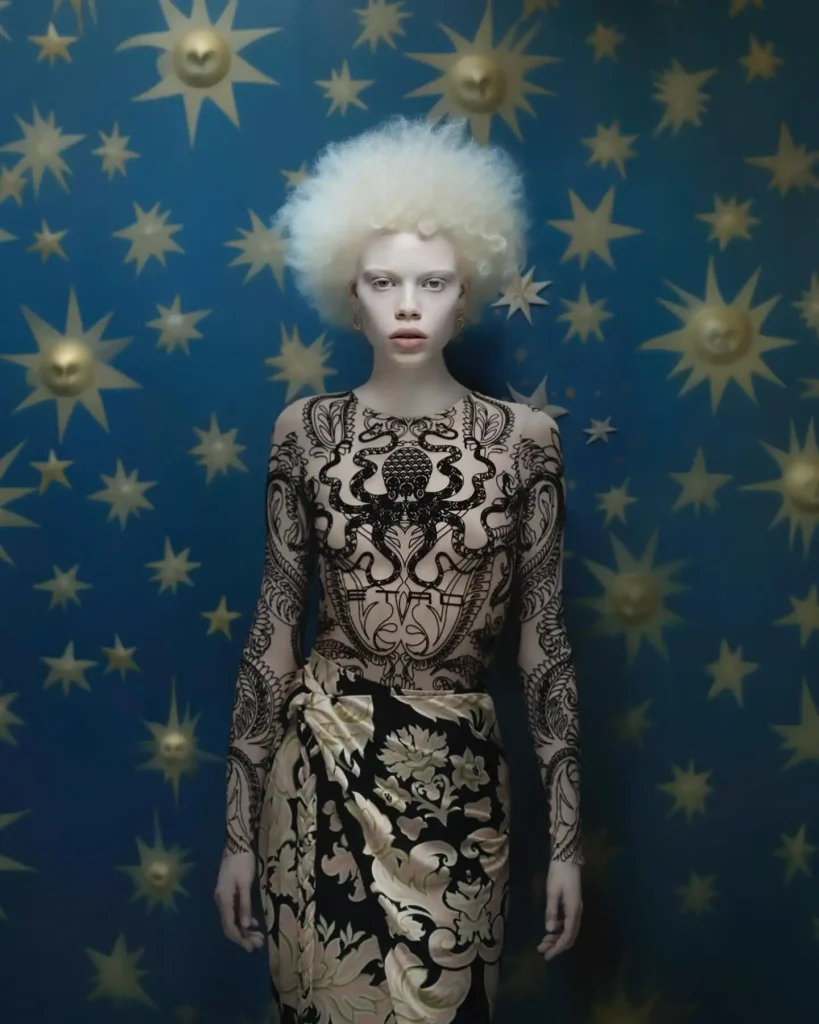
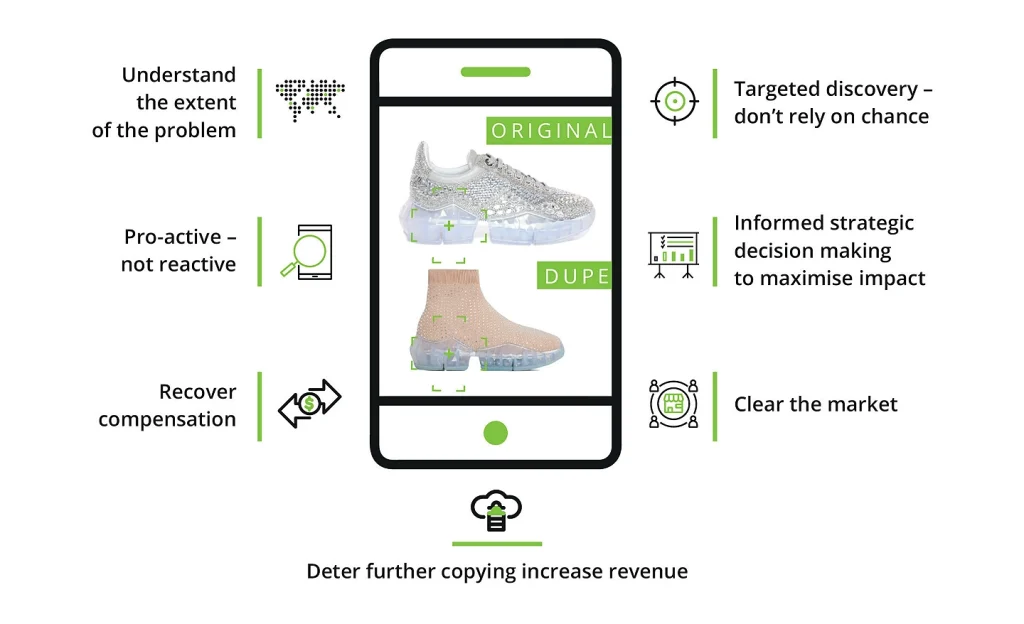
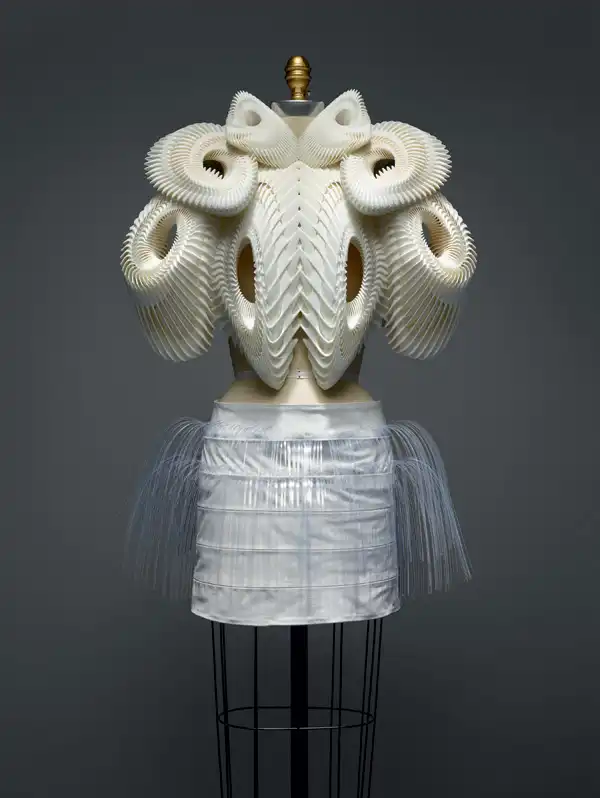


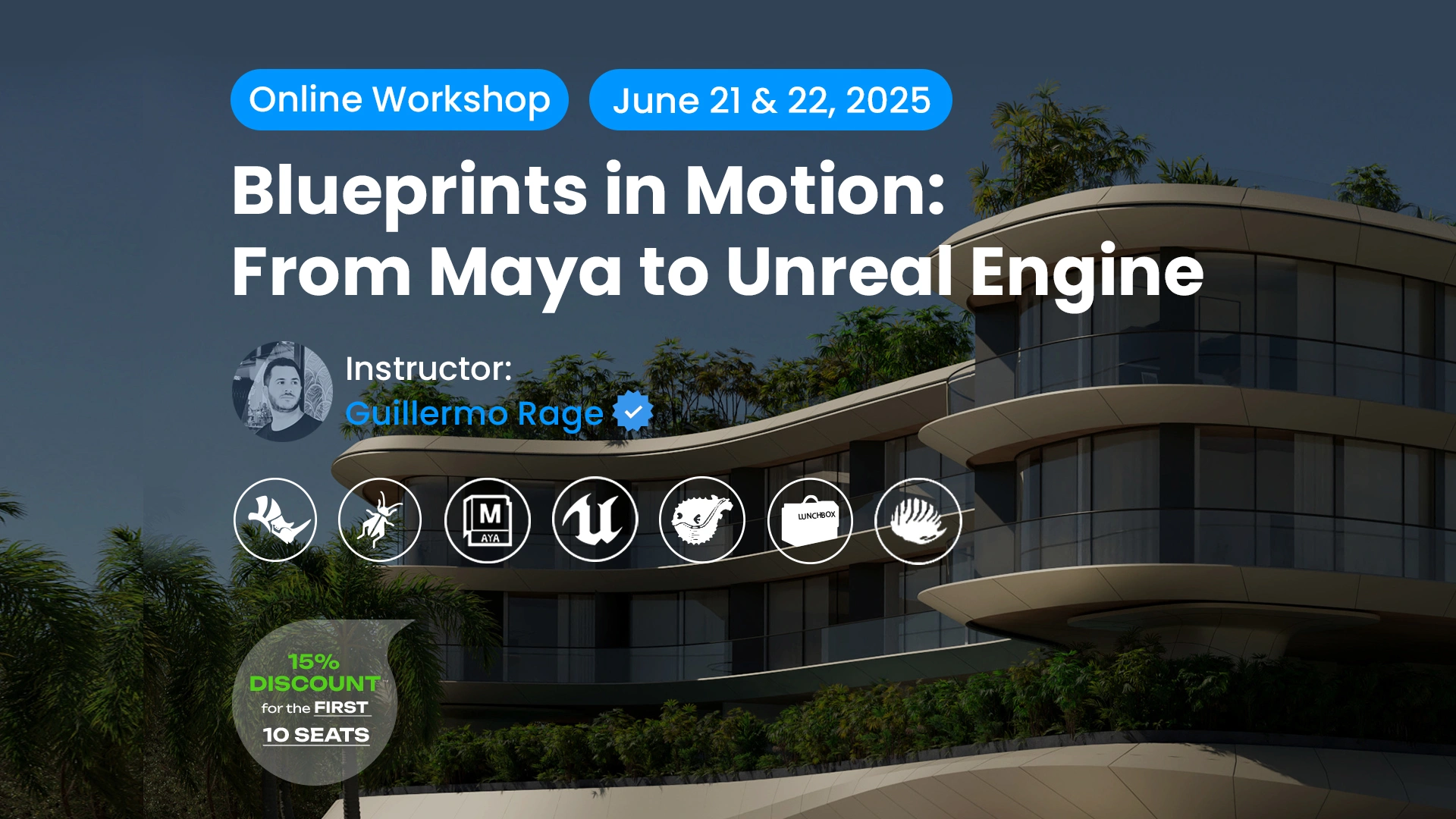




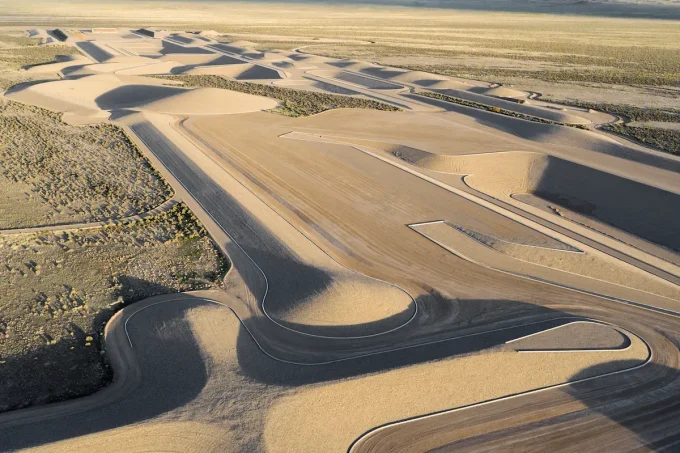






Leave a comment